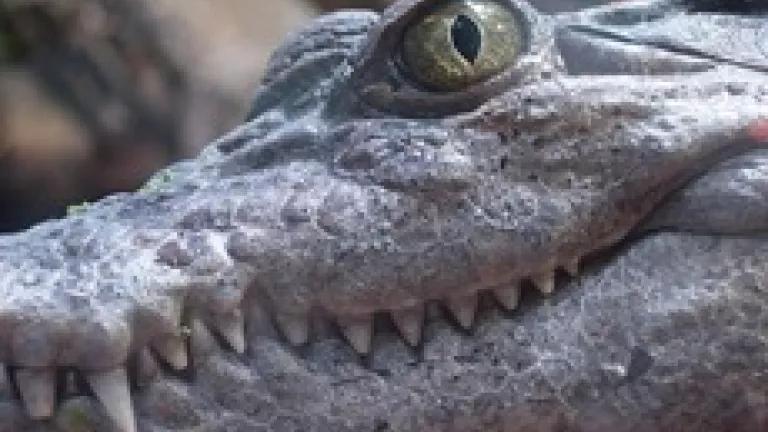
Here in Chicago, this is just about the time you realize, after the glow of the Holiday season has faded, that winter really isn’t going anywhere for a while. What better time for some good news in wildlife conservation. Voila:
- In 2009 Palau created the first shark sanctuary in the world in order to combat the devastating effects of shark “finning.” Despite limited resources for enforcement, it seems that the sanctuary has already paid dividends, with Palau officials reporting that finning incidents seem to be sharply down. Additionally, Palau’s move prompted other countries, such as the Maldives and Honduras, to create shark sanctuaries of their own.
- The Philippine crocodile is on of the most endangered crocodiles in the world, with less that 100 adults in the wild. Now 19 more crocodiles are being released into the Philippine’s Sierra Madre Natural Park. The release is part of an ongoing captive breeding program aimed at saving the crocodile, which is threatened by habitat destruction and dynamite fishing.
- A new species of crayfish has been identified in, of all places, Tennessee. The giant crayfish (nearly twice the size of its more common cousins) was named Barbicambarus simmonsi by scientists. The new species was found in the deepest part of a Tennessee Creek. Just one more reminder of how much there is yet to discover about the world.
- When the Maguire daisy, a small little high-desert beauty, was listed as an endangered species only seven plants were thought to exist in the wild. Today, over 163,000 plants have been identified in three counties in southeastern Utah. The Federal government just proposed declaring the daisy “recovered” under the Endangered Species Act.
- A new species of orchid, Pahiopedilum venustum (called lady’s slipper orchid by locals) was just discovered in Eastern Nepal. The species was already known to exist in Bhutan, Bangladesh, and China. Nepal is home to over 400 species of native orchids, many of them endangered. Glad to see this one particular flower in more places than we supposed.
Related Issues
Nature & Wildlife




